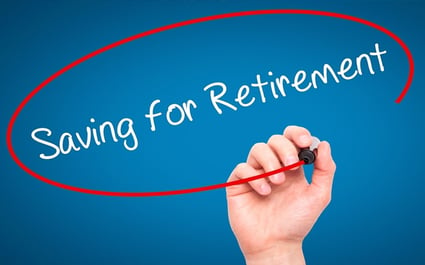Saving for Retirement at Any Age
Investment Strategies by Generation
 You probably know the adage, “A penny saved is a penny earned”—but, your savings strategy for that penny should change based on your age in order to maximize all the pennies you want to earn. Here’s a brief overview of what experts advise for your retirement investment strategy based on your stage in life:
You probably know the adage, “A penny saved is a penny earned”—but, your savings strategy for that penny should change based on your age in order to maximize all the pennies you want to earn. Here’s a brief overview of what experts advise for your retirement investment strategy based on your stage in life:
Young children
Investing as kids? It’s true, even children (meaning their parents) should start off with a sound investment strategy if they want to help offset the rising costs of college or private education before college.
The financial website Money Crashers recommends that parents invest this money in an aggressive portfolio for a time frame of 18 to 20 years, including a majority of equities.
20- to 30-somethings
In this phase of your life, you may be paying off student loans and saving for a house. Even though these priorities gobble up a lot of your earnings, be sure to regularly contribute to your retirement accounts.
According to CNN Money, an old rule of thumb used to be to subtract your age from 100—and invest that percentage of your portfolio in stocks. The article suggests that due to longer life expectancy rates, some advisers are suggesting that people use 110 or 120 instead of 100, allowing investors to be a little more aggressive with their investments in hopes of greater returns over their lifetime.
40s to 50s
As your income grows, don’t lose sight of your savings priorities. Sock away as much as you can for retirement. Challenge yourself to save up to 20 percent of your salary if you can. As you get closer to retirement, your portfolio should be slowly incorporating more conservative options, including bonds and government-backed securities.
Retirement years
As you are enjoying the fruits of your labor, continue to assess your investments. Kiplinger advises that retirees can safely include more stocks in their portfolio than they might think. One adviser recommends about half in stocks and half in bonds and cash at age 66. Your particular strategy will depend on your comfort level.
